Greatest automotive collaborations
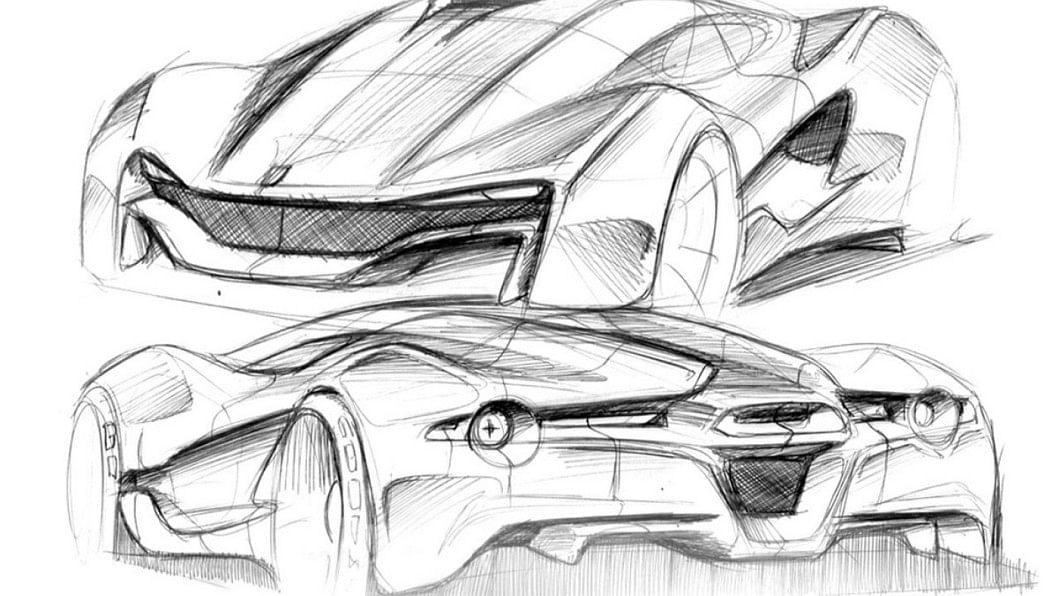
Sometimes the individual efforts by a lone manufacturer isn't enough – for brands small and big, sometimes a collaborative effort is required to give the cars they produce that extra zing that elevates them to truly great status. Here's our roundup of the greatest collaborations in the automotive world.
Ford-Carroll Shelby

When an automotive giant wants to take on a bunch of foreigners at their own game, it's easier to bring in specialists who know what they're doing. Carroll Shelby was drafted in to help Ford beat Ferrari at Le Mans after the latter snubbed the former's buyout proposal. The rest, as they say, is the GT40's history. It didn't stop there – the Shelby name has appeared on some of the most desirable Mustangs in history.
BMW-artists

When BMW invited a bunch of artists to come draw on their cars, they probably weren't thinking it would turn into a cultural phenomenon that still gets talked about today. It was the inclusion of high profile counter culture artists like Andy Warhol that made the publicity stunt this long-lasting, not to mention how great a canvas the M1 was.
BMW-McLaren

McLaren didn't make production cars for most of its history. But it made sense to McLaren director Ron Dennis and head engineer Gordon Murray to make a road car that embodied their storied racing heritage. Plans were drawn up while they were stuck at an airport, and BMW was approached to source a powerplant for arguably the greatest road going car ever – a 6.1 litre naturally aspirated V12 from the BMW 8 series.
Auto Union

Four German automakers – Audi, DKW, Horch and Wanderer - banded together to form Auto Union in 1932 and went on to be one of the most successful pre-World War II era race teams. They had on-road success as well, holding the public road speed record (269 MPH) till 2013. Post-War, it became Audi.
Mercedes Benz-AMG
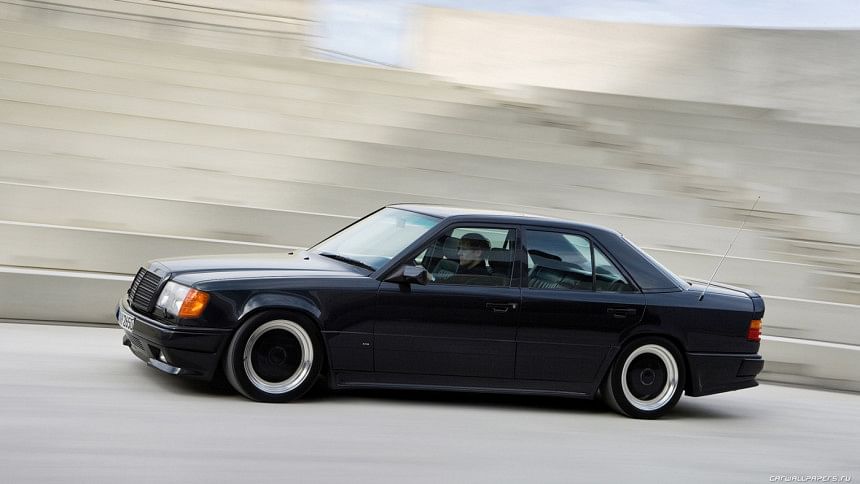
Before Mercedes Benz acquired AMG and proceeded to dilute the meaning of those three letters by slapping them onto the back of the A-class hatchback-MPV-thing, the two produced some fantastic collaborations in the late 80s all through to the late 90s. The one that stands out above the rest is the sinister AMG Hammer – with a name like that, you expect it to move. And that it did. Based on the E-class, the Hammer had 355 HP and 388 lb-ft and "felt like a punch to the neck", according to journos.
Porsche-Audi
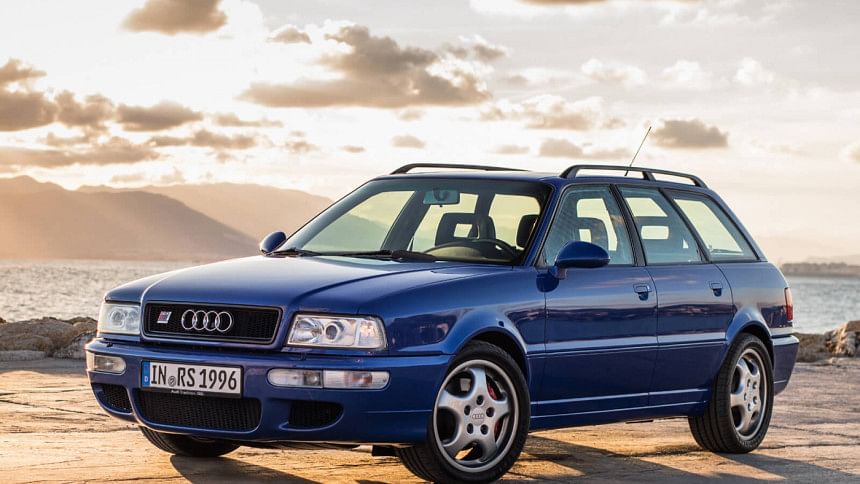
In the 90s, Audi was known for two things – Quattro All Wheel Drive and being third choice behind Mercedes Benz and BMW in the German luxury car makers list. They wanted to change it, and they chose performance to drive sales. Porsche helped Audi develop the high performance RS2 estate, a hidden gem in the German performance spectrum. It also helped shape Audi's performance sedans for decades to come.
Senna-Honda-Mclaren
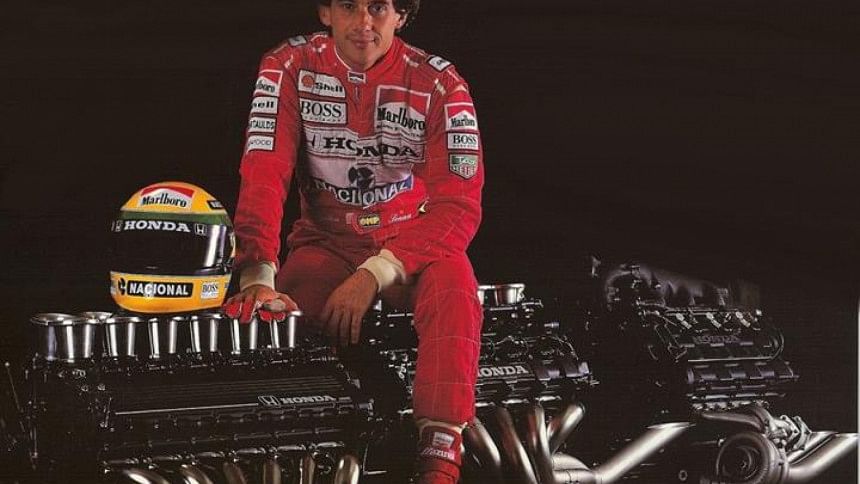
Honda might be hated in F1 right now, but in the late 80s and early 90s they were the king of engine suppliers to the pinnacle of motorsport. No other combo has been as iconic or as wonderfully overpowering as that of McLaren's chassis engineering, Honda's engine dynamics and Ayrton Senna's driving prowess.
Lotus-Vauxhall
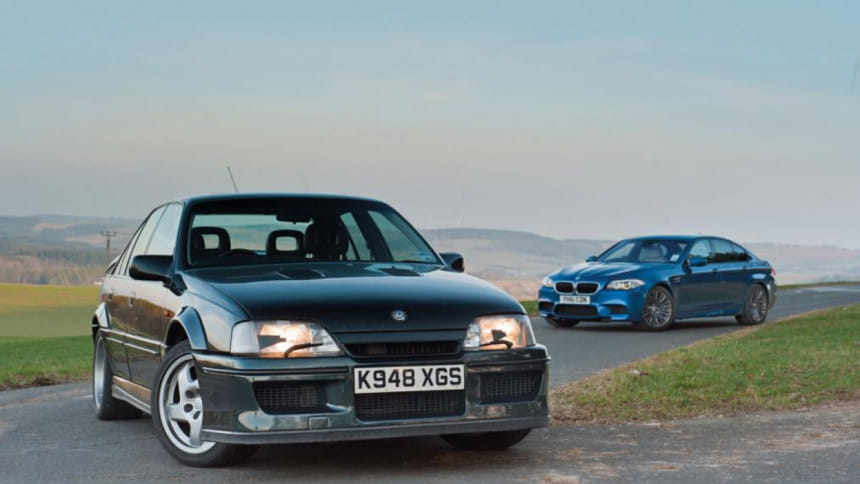
Lotus has developed suspension components and handling dynamics for a multitude of cars, from performance Toyotas to lowly Protons. But they've never had as much free reign as they got with Project Type 104, where they took a woolly Vauxhall Carlton/Opel Omega and turned it into a 177 MPH fire breathing super-saloon that ate contemporary supercars for breakfast. Definition of "super-sedan" before it was a thing.
Ferrari-Pininfarina

For the longest time, Ferrari was not a manufacturer that cared about doing aesthetics well. They made race cars and sold race cars for the road, and design had little to do with it. Thank heavens an Italian design firm was always on call then. Sergio Pininfarina's design philosophy evolved and matured with Ferrari, giving us gems like the 550 Barchetta.




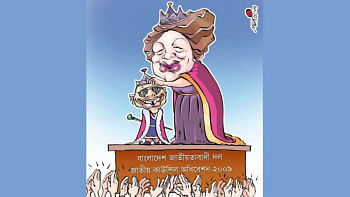
Comments